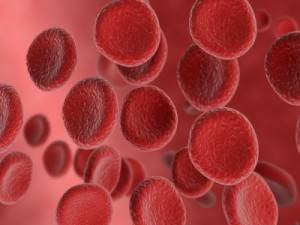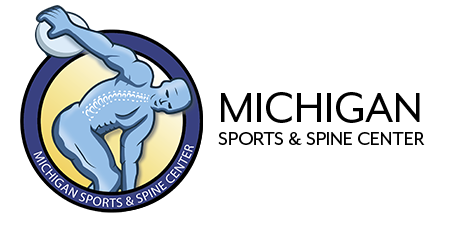BIOLOGY – An Ongoing Series – Part 2

What Is Platelet-Rich Plasma (PRP)?
PRP is plasma with a higher concentration of platelets than what is typically found in blood. Although blood is mainly a liquid (plasma), it also contains small solid components: red blood cells (RBCs), white blood cells (WBCs) and platelets. Platelets are best known for their importance in clotting blood. In addition, platelets contain proteins called growth factors, which are important in the healing of injuries.
The concentration of platelets—and, thereby, the concentration of growth factors—is significantly increased in PRP as compared to regular plasma. PRP may help optimize the conditions for healing.
During the past several years, much has been written about PRP and its potential effectiveness in the treatment of injuries, such as ligament sprains or chronic tendon injuries. As the name suggests, PRP is simply the concentrated platelets and growth factors from a patient’s own blood.
How Is PRP Obtained?
To obtain PRP, blood is first drawn from a patient. The blood is then spun in a centrifuge where the platelets are separated from other blood components in order to increase their concentration. The concentrated platelets are then re-suspended in a fraction of the plasma after the centrifugation process.
ABOUT MICHIGAN SPORTS & SPINE CENTER:
We’re innovative leaders utilizing cutting-edge technologies such as musculoskeletal ultrasounds, PRP, stem cell treatment, and other innovative procedures. Michigan Sports & Spine Center is committed to resolving your pain, not simply masking it. We treat the whole body, not just the injury, and perform preventative treatment so your injury doesn’t come back. Our studies prove that Michigan Sports & Spine Center has patient success rates much higher than the national average. We treat everyone from high-profile athletes to your neighbor next door. Our primary focus is getting our patients back into the game of life!
